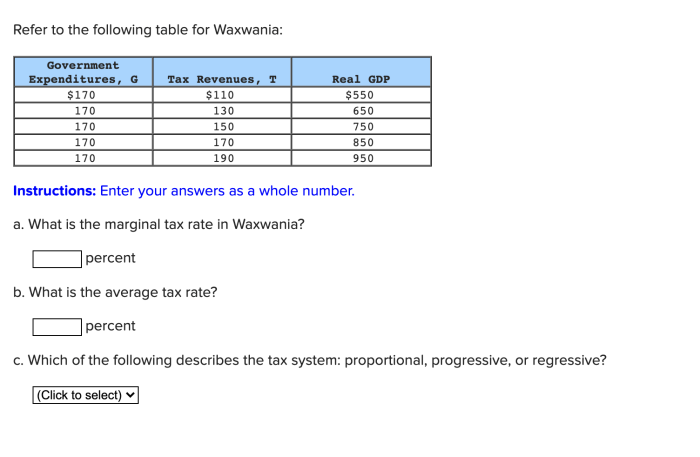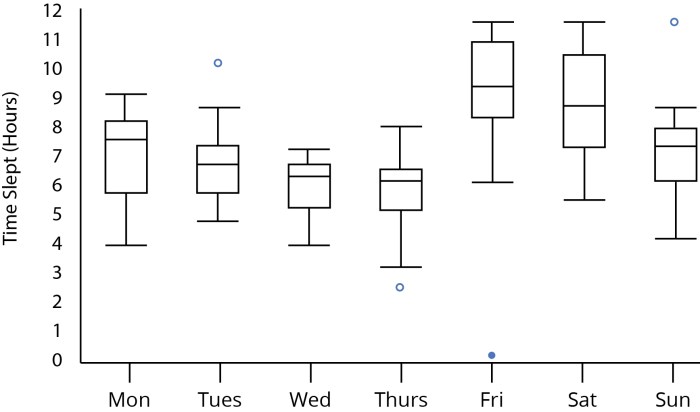Refer to the following table for waxwania: – As “refer to the following table for Waxwania” takes center stage, this discourse delves into its significance within the broader context of data presentation and interpretation. We explore the purpose, structure, and best practices associated with this phrase, providing a comprehensive understanding of its role in effective communication.
Tables serve as invaluable tools for organizing and presenting data in a clear and concise manner. When encountering the phrase “refer to the following table for Waxwania,” readers are directed to a specific table within the document that contains relevant information related to the topic of Waxwania.
Contextual Understanding
The phrase “refer to the following table for Waxwania” serves as a directive within a broader text, instructing the reader to consult a specific table for information related to Waxwania. This phrase is commonly used in academic, technical, and professional writing to provide additional context and support for the discussion at hand.
For example, in a research paper exploring economic trends in Central Asia, the author might state, “For a detailed breakdown of GDP growth rates in Waxwania, refer to the following table.” This phrase signals to the reader that the table contains specific data relevant to the topic being discussed and should be consulted for further clarification.
Purpose and Intent
The purpose of using this phrase is to:
- Provide additional information that supplements the main text
- Guide the reader to specific data or evidence that supports the discussion
- Avoid cluttering the main text with excessive details
Data Presentation

Expected Format and Structure
The table referred to in the phrase “refer to the following table for Waxwania” is typically presented in a structured format using HTML table tags. The table should have a clear and logical organization, with rows and columns representing specific categories and data points.
The table header should provide concise descriptions of the data presented in each column. Rows should be used to organize data into distinct categories or groups, while columns represent different variables or attributes.
Types of Data
The types of data presented in such tables can vary depending on the context. Common types of data include:
- Numerical data (e.g., GDP, population, growth rates)
- Categorical data (e.g., country names, regions, industries)
- Time-series data (e.g., data collected over a period of time)
Importance of Organization and Clarity
Clear and organized table presentation is crucial for effective data communication. A well-structured table makes it easy for readers to locate and understand the information they need quickly and efficiently.
Table Design: Refer To The Following Table For Waxwania:

Guidelines for Visual Appeal and Understanding
Tables should be designed to be visually appealing and easy to understand. Here are some guidelines:
- Use clear and concise headings and labels
- Align data consistently within columns and rows
- Use color and shading sparingly to highlight important data
- Ensure the table is responsive and accessible on different devices
HTML Table Tags, Refer to the following table for waxwania:
HTML table tags provide a flexible and accessible way to create tables in web documents. The following tags are commonly used:
-
: Defines the table
: Defines a table row : Defines a table header cell : Defines a table data cell Formatting Headers, Rows, and Columns
Table headers, rows, and columns can be formatted using CSS styles to enhance their appearance and readability. Common formatting options include:
- Font size and color
- Background color
- Border style and thickness
- Text alignment
Data Interpretation
Role of the Table
The table serves as a valuable tool for data interpretation and analysis. It allows readers to:
- Identify patterns and trends in the data
- Compare and contrast different variables or categories
- Draw meaningful conclusions based on the evidence presented
Importance of Context and Purpose
When interpreting data from a table, it is crucial to consider the context and purpose of the table. This includes understanding:
- The topic or question being addressed
- The source and reliability of the data
- Any limitations or biases that may affect the data
Extracting Insights and Conclusions
To extract meaningful insights and conclusions from the data, readers should:
- Examine the overall trends and patterns in the table
- Identify any outliers or exceptional values
- Consider the implications of the data for the topic being discussed
Cross-Referencing

Purpose of Cross-Referencing
Cross-referencing the table within the text serves several purposes:
- Provides a direct link between the text and the supporting data
- Allows readers to easily locate the specific information they need
- Enhances the credibility and transparency of the discussion
Importance of Clear References
It is important to provide clear and concise references to the table. This includes:
- Using specific table numbers or titles
- Indicating the relevant section or page where the table is located
- Ensuring the references are consistent throughout the text
Effective Cross-Referencing Techniques
Effective cross-referencing techniques include:
- Using hyperlinks in digital documents
- Providing table numbers or titles in parentheses
- Referencing the table in the same paragraph where it is mentioned
Additional Considerations

Challenges and Limitations
Using tables to present data has some potential challenges and limitations:
- Tables can become cluttered and difficult to read if they contain too much data
- Tables may not be suitable for presenting complex or multifaceted data
- Tables can be challenging to access for users with disabilities
Accessibility
It is important to ensure that tables are accessible to all users, including those with disabilities. This includes:
- Providing alternative text for images and charts
- Using descriptive table headings and labels
- Creating responsive tables that adapt to different screen sizes
Optimization for Print and Digital Formats
Tables should be optimized for both print and digital formats. Considerations include:
- Using appropriate font sizes and colors for readability
- Ensuring tables fit within the page margins
- Testing tables for accessibility and responsiveness on different devices
Essential FAQs
What is the purpose of using the phrase “refer to the following table for Waxwania”?
This phrase directs readers to a specific table within the document that contains relevant information related to the topic of Waxwania.
What are the key considerations for designing effective tables?
Tables should be visually appealing, easy to understand, and accessible to all users. Proper use of HTML table tags, formatting, and organization is essential.
How does cross-referencing enhance the effectiveness of tables?
Cross-referencing provides clear and concise references to the table within the text, enabling readers to easily locate and access the relevant information.
